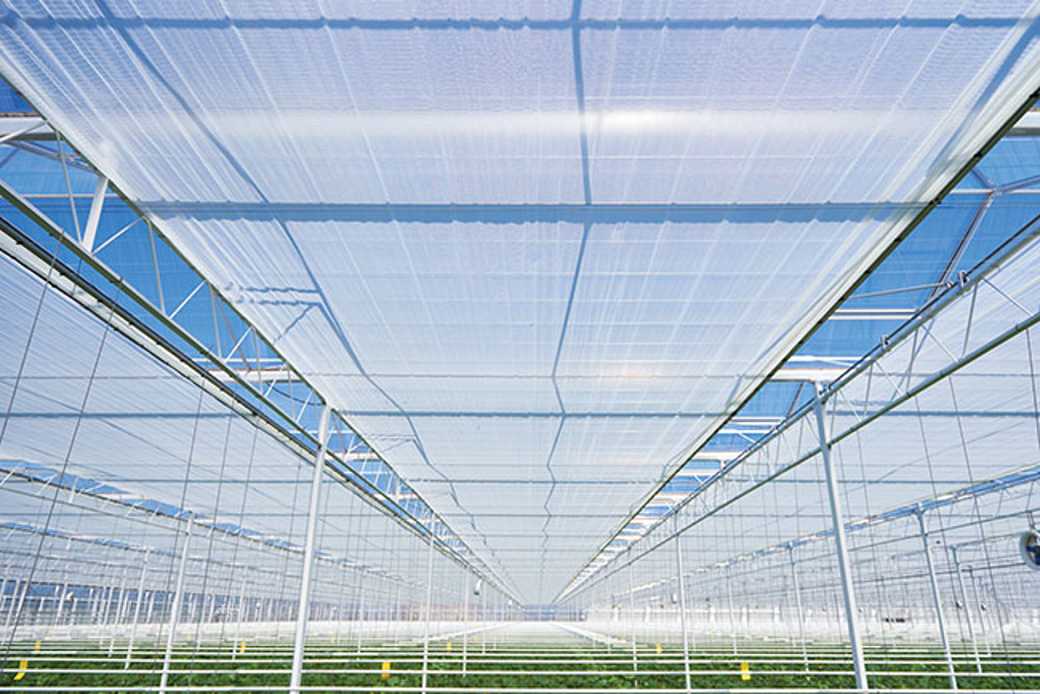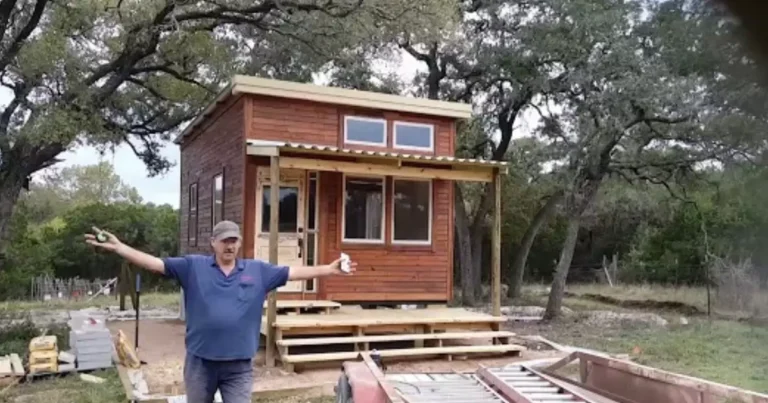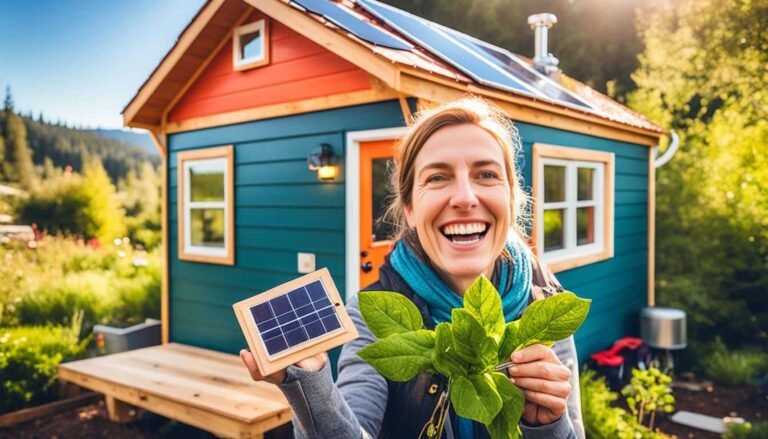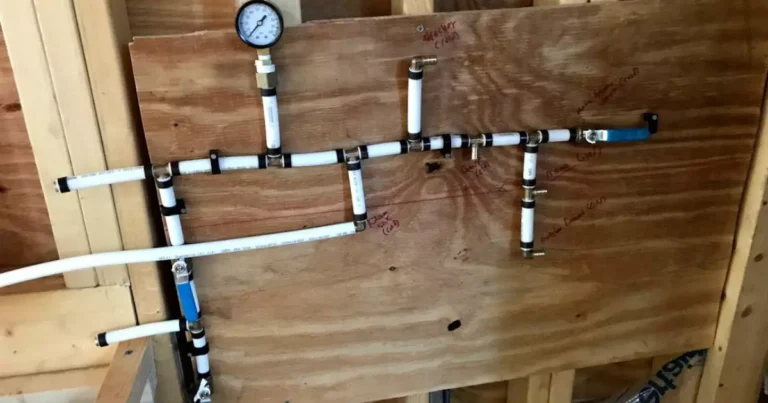5 Advantages of Using Energy Curtains In Your Greenhouse

Growing food has never been easy. Global warming and climate change result in rising temperatures and are a nightmare for farmers. One can only sympathize with a farmer who is an expert in growing disease-variant crops to provide his family and community with nutrient-rich food when we see them losing their plants to heat scorch.
Plants in their growth phases have new shoots that cannot tolerate high temperatures. It can significantly impact the growth of the plants, and overall crop yields will come down. A temperature rise also causes root stress as the humidity in the soil increases, thereby wilting the plants.
If the condition is temporary, crops can overcome the stress caused by heat. Sadly, the measures to reverse global warming are a slow process, and mankind cannot wait for the process to be finished before a population is fed. The solution to this problem exists in the form of greenhouse energy curtains.
A stressed plant recovers slowly and may take weeks to months to thrive. The time required to heal depends on the severity of the damage caused by heat. Since we are aware that hotter summers are here to stay, it makes perfect sense to look into the varied options that greenhouse farming can offer.
In a controlled unit, growing food is easier, and the yield figures have been nothing short of amazing. Even in places where it has been impossible to grow few food crops, greenhouse farming has proved otherwise.
A greenhouse can take away the stress to mulch regularly to protect the plants from heat and cold waves. Improper mulching always leads to mold and fungi that ruin the quality of the produce. With shades to protect the plant from the external climate and tools to manage the internal ecosystem, the entire setup of the greenhouse is a must both in commercial farming and hobby gardening.
Changing With Time
Greenhouses serve a functional purpose in farming and hobby gardening, and the number of users is increasing rapidly. This trending idea in commercial farming is helping the governments, farmers, and food authorities of countries come together to build more sustainable developments within the controlled domes.
The features can include automated sprinkling and spraying systems, protective screens that can be rolled in and out as per the temperature in a season, and turnkey planting and tilling devices. With rising awareness of nutrient value and know- know-your-food-concepts, people are taking more interest in understanding what goes into growing one, especially in local markets.
Here are some advantages of automated greenhouses and thermal curtains:
-
Better Harvest
When climate is controlled precisely to the desired and optimum levels, plants start growing as ideal growing conditions are conducive to their progress. Temperature fluctuations and excessive sunlight don’t impact their growth, leading to healthier plants, improved crop quality, and potentially higher yields.
A greenhouse can use screens and shades like energy curtains that curtail the harm caused by a sunburn. Consistent temperature is maintained through automation and climate control devices that switch on a fan to cool excess humidity.
Also Read: Building a 16×30 Metal Shed: Understanding the Different Steel Components in Your Kit
-
Reduced Labor Intensive Tasks
Money saved is money earned, and you do exactly that when automation plays its pivotal role in greenhouse management. When repetitive and labor-intensive jobs like adjusting temperature, pulling the shade curtains, and ventilation are automated, costs related to these tasks are reduced.
Manual adjustments are taken care of through smart control devices that alert when the temperature goes up or down.
-
Grow Whatever You Want, Whenever You Want
Technology-based farming has advantages and one of the core benefits of using automation in greenhouses is the ability to control climatic conditions and induce an atmosphere that is ideal for flourishing plants. The smart sensors monitor the humidity levels, drops, and rises in temperature and light.
Adjustments are made through robotic devices that have been engineered with specifications that mimic the motion of a farmer’s hand. Thermal curtains help in this process of climate control within the ambiance of a greenhouse. They are pre-programmed to close and open as per the external heat levels.
So hot days become cooler and cold days become warmer, thus striking the balance in temperature that is ideal for the crop that is being grown. Peony farmers prefer cooler climates and citrus fruits require a tad bit warmer. Within the same greenhouse, either on rotational basis or sectional basis, a farmer can grow varied crops that need different climatic conditions.
-
Big Savings On Energy Bills
Often use of technology is associated with higher levels of energy consumption. However, in the case of automated greenhouses, the tasks that require higher energy consumption are brought down. For instance, when thermal curtains are used, they trap the heat and minimize the requirement to heat the place again.
In hot conditions, they prevent excessive heat from coming inside through the panes. With simple shade and protection, the best crops are grown in controlled conditions.
-
Remote Operations
Currently, remote monitoring and control are used through sensors and robots that aid in the assessment of real-time data. As and when there is a change in climate conditions, the alerts trigger the system into action to take precautions that will protect the plant.
Farmers can access this data from their smart devices remotely and don’t have to hurry back to the location, as everything is on auto-pilot mode. The peace that they get to enjoy is translated through their smiles and filling bank accounts after the sale of a successful harvest.
Also Read: Can You Get an FHA Loan for a Tiny House? Yes But How?
Conclusion:
Familial farming is declining as members find it difficult to cope with crop losses. It is necessary for the community to cherish these farmers as they have always grown heirloom produce, be it the raunchy tomatoes that find their way to your favorite restaurant or the crunchy salad that you intend to toss during a weekday dinner, it is best when sourced from local farmer’s market.
Organic farming won’t be a myth if climatic conditions can be mimicked to ideal levels, and growing food can be fun when automation is at play. With sustainable development, greenhouses can attract more people back into farming payrolls.





